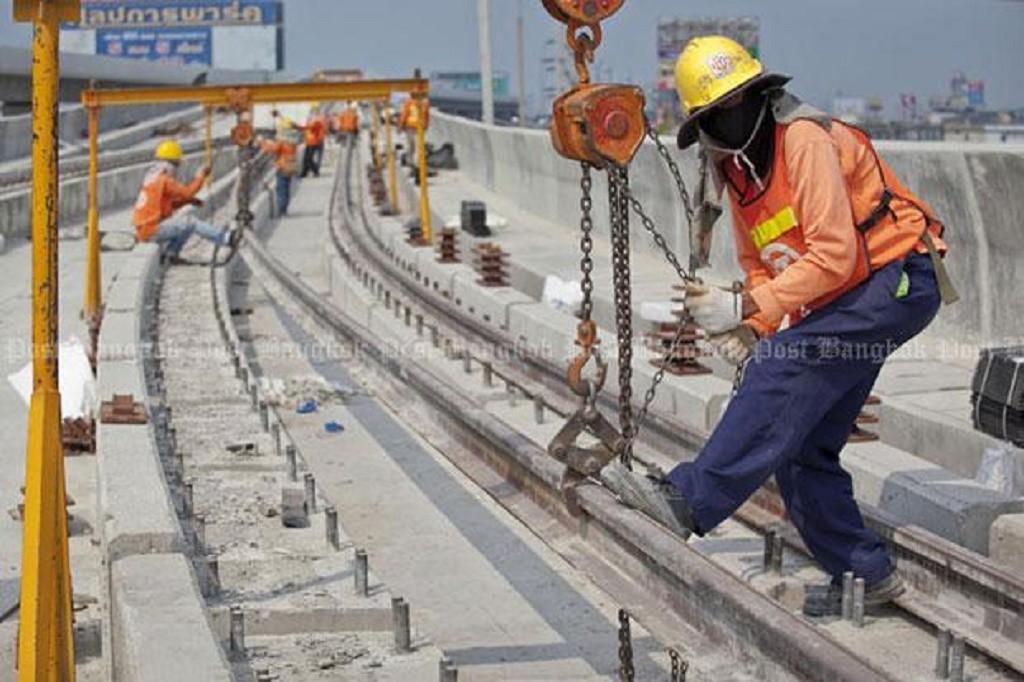Early last year, when the United States’ Western European allies began eagerly signing up for China’s nascent Asian Infrastructure Investment Bank (AIIB) as founding members, it seemed as if Washington was confident that the AIIB would emerge as a poorly governed tool of Chinese geoeconomic statecraft, beholden to lower standards than the World Bank and the Asian Development Bank (ADB), the highly experienced international development banks. At the core of these concerns was a perception that the AIIB would be supplementary instead of complementary to existing development banks–both in terms of its governance and the projects it selected.
A year and a few weeks ago, the AIIB’s 57 founding members finalized its charter; in the final days of 2015, the members ratified the bank’s Articles of Agreement. Finally, early in the new year, the AIIB opened its doors for business. Now, just over three months into its operations, the AIIB has decided on its first projects. As I’d briefly discussed in April, the AIIB’s first projects have demonstrated that concerns a year ago in Washington and Tokyo may have been overstated. For now, the bank appears to be pursuing a modest and complementary approach in selecting its projects.




